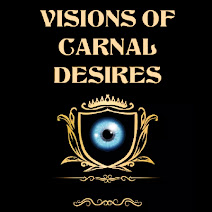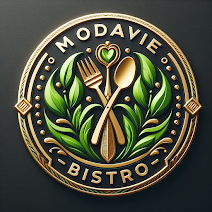Although
small in comparison to modern cruise ships, in 1912 Titanic stood alone in
terms of sheer scale, opulence and luxury. Titanic evokes an age of excess, of
unimaginable luxury, quality and obvious displays of wealth and status. It was
the ‘Belle Epoque’ which was to last up
until up until the first world war, before in Europe at least, class and privilege
were fragmented and changed forever. In the last moments
of the Titanic the division of wealth, and position on the social scale was
acutely illustrated by the fact that only 25% of third class passengers
survived.
In 1912 the most expensive first-class suite on the Titanic
cost $4,350 the staggering equivalent of $75,000
today- remembering tickets were only and rather ironically sold one way. In comparison, those travelling on a third
class ticket were also subjected to a level of luxury they probably had never
experienced before, certainly they would have had to invest a lifetime of
savings for the crossing, in the hopes of a new life in America.
Having
arrived at the Titanic exhibit prior to boarding the ship itself, I was struck
by the attention to detail given to create the exhibition centre with its
various Titanic artifacts, pictures of the ship during construction and
explanatory notes, sculpted china and even a first class menu giving a glimpse
of life on board. A scale mode of the
ship in a glass display case gave no clue as to what actually awaited us once
we’d boarded.
























































